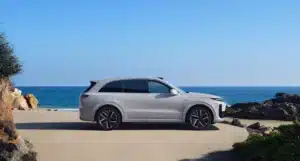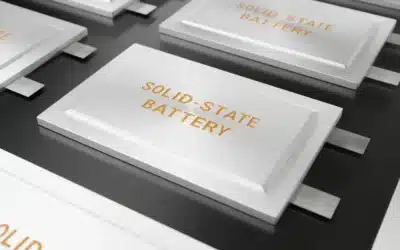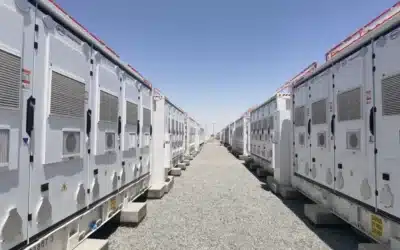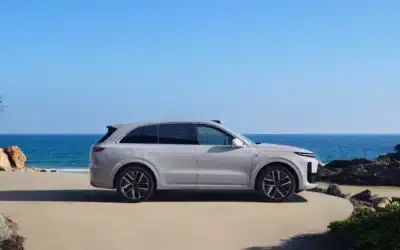
The King Abdullah Petroleum Studies and Research Centre (KAPSARC) has conducted a study exploring the feasibility of off-grid electric vehicle (EV) charging stations in Riyadh. Off-grid charging typically involves charging EVs using renewable energy sources like solar power. This can be achieved through solar panels connected to battery storage or other energy systems, allowing for sustainable and independent energy use in areas without access to the grid, such as remote locations, rural areas, or emergency situations.
The study employed geographic information system (GIS) technology to determine optimal locations in Riyadh, leveraging renewables to ensure these stations do not increase grid load or carbon dioxide emissions.
KAPSARC’s proposals
KAPSARC, a non-profit think tank focusing on energy economics and sustainability, used GIS technology to identify appropriate sites for off-grid EV charging stations. The research aimed to solve the dual issues of grid capacity and the carbon footprint of EV charging, proposing solutions that rely entirely on renewable energy sources.
The proposed solution is a microgrid system composed of four main components: Photovoltaic (PV) cells (solar arrays); wind turbines; batteries and hydrogen generation and storage solutions.
KAPSARC’s study examined four configurations of these different components:
- PV, Batteries, and Wind
- PV, Batteries, Wind, and Hydrogen
- PV and Batteries
- PV, Batteries, and Hydrogen
In each scenario, the charging stations would have a modest capacity of 60 to 66 kW, supporting six level 2 chargers. Each station would be able to handle six EVs charging over several hours. While not considering high-capacity DC charging stations due to space constraints, the hydrogen component addresses two needs: using excess solar and wind energy to generate hydrogen and storing this hydrogen for later electricity generation through fuel cells.
Site Selection
Given the limitations of urban environments, particularly space for solar arrays, the study narrowed its scope to Riyadh. GIS technology helped in analysing detailed land parcels provided by the Royal Commission for Riyadh City. The analysis prioritised locations unlikely to face space issues for installation, such as hospitals, universities, schools, shopping malls, and gas stations, where people naturally spend time during charging.
The research considered three future scenarios:
- Charging stations built with current technology costs
- Projected technology costs for 2030
- Projected 2030 technology costs with a 5% capacity shortage allowance

KAPSARC
In scenarios one and two, 100% of the charging demand was met, whereas scenario three accepted a slight capacity shortage for increased efficiency. While hydrogen emerged as the most expensive component, it offered the smallest footprint, enabling more charging stations. As a result, incorporating hydrogen significantly expanded the feasible sites for these stations.
Despite all proposed solutions presenting higher costs than current grid-powered stations, combining these off-grid alternatives with some grid connections—although less green—was suggested to balance costs and grid impact.
From Research to Implementation
Moving forward, KAPSARC plans to refine the deployment sequence of these stations using GIS alongside demographic and consumer behaviour data. This refined strategy aims to maximise return on investment and user uptake, particularly focusing on higher-income areas likely to adopt EVs sooner.
Continuous support from GIS will assist the project from the research phase through to design and construction, ensuring optimal site selection and effective resource allocation.
Now all that’s needed is a commitment and funding to roll out the new off-grid stations!











